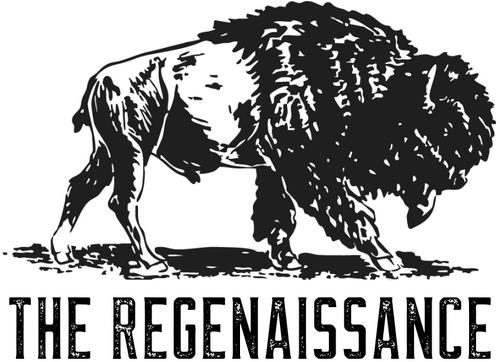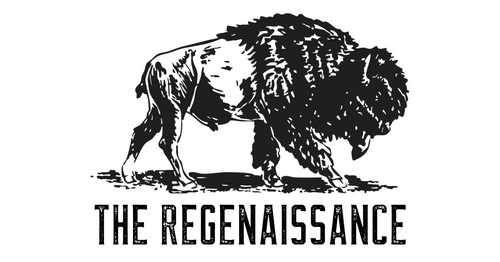When Hurricane Helene tore through western North Carolina in 2024, it washed away crops and devastated local food systems built by small, sustainable farmers. Nearly a year later, relief is finally in motion!
The USDA’s Hurricane Helene Relief Fund has pledged $221.2 million to help farmers recover losses, repair infrastructure, and restore local agriculture’s heartbeat. For regenerative growers and family farms that feed their communities, this is a second chance.
What Happened: $221 Million for Farm Recovery
Announced at the Mountain State Fair in September 2025, the USDA and North Carolina Department of Agriculture unveiled a $221 million disaster block grant to cover farm losses caused by Hurricane Helene.
The program targets farmers in 39 disaster-declared counties, focusing on four categories of loss:
-
Infrastructure repairs – barns, fencing, roads, greenhouses, and irrigation systems.
-
Market losses – income lost from unsold or destroyed crops.
-
Future economic losses – projected revenue declines from perennial crops like orchards or vineyards that take years to recover.
-
Timber losses – replanting and recovery for woodland and Christmas tree operations.
Crucially, this funding fills gaps not covered by crop insurance or other USDA programs, reaching farms that traditional disaster aid missed.
What It Means for Small & Regenerative Farmers
For regenerative and small-scale farmers, this relief is a lifeline. Many sustainable farms rely on farmers markets, CSA programs, and agritourism, which lost entire seasons of revenue after Helene.
As Henderson County Extension Director Terry Kelley put it, “It’s going to help our agritourism folks that really lost a lot of revenue.”
Beyond immediate recovery, the grant allows farmers to rebuild for resilience by upgrading drainage, improving soil health, or diversifying crops to better weather future storms.
State Agriculture Commissioner Steve Troxler said the goal is simple: to help producers “rebuild stronger after Hurricane Helene.”
But even with this funding, recovery is an uphill climb. State estimates put total agricultural losses near $5 billion, meaning the USDA fund covers only a fraction. However, for farmers who have held on for a year without substantial aid, every dollar counts.
How to Apply for Hurricane Helene Relief
While the USDA finalizes North Carolina’s disaster work plan, farmers can prepare now for applications expected to open in late 2025 through the NC Department of Agriculture.
Here’s what to do:
-
Confirm eligibility – your farm must be in one of the 39 federally declared disaster counties.
-
Gather documentation – photos, yield records, invoices, and market receipts showing 2024 losses.
-
Check for updates – visit ncagr.gov/agdisaster or contact your county Extension office for help.
-
Apply quickly once open – funds will be limited and distributed on a first-come, first-served basis.
Producers receiving market or future-loss payments must agree to carry crop insurance for two years, a move meant to strengthen long-term resilience.
Local Voices: Rebuilding the Heart of NC Agriculture
Farmers across western North Carolina describe this relief as “the first real light at the end of the tunnel.”
-
Don Justus, an apple grower in Henderson County, lost thousands of bushels and entire orchards. “It’ll take years to replant, but at least now we can start,” he said.
-
Trey Enloe lost over half his 2024 crop and credits local buyers for helping him stay afloat until aid arrived. “Our community has been the safety net,” he said, “but this funding will help us rebuild what we lost.”
Local groups like the Carolina Farm Stewardship Association (CFSA) are offering free planning support for farmers rebuilding after Helene, helping ensure funds are used to create more regenerative, climate-resilient operations for the future.
Why It Matters
For North Carolina’s local food systems, the Helene Relief Fund is an opportunity to preserve the independence and resilience of small farmers. Every orchard restored and pasture rebuilt keeps food production in local hands and communities connected to the land.
It’s also a test: can government relief truly empower regenerative agriculture, or will red tape slow it down again?
Either way, North Carolina’s farmers are proving what real resilience looks like by rebuilding not just their barns and fields, but the foundations of food freedom.





